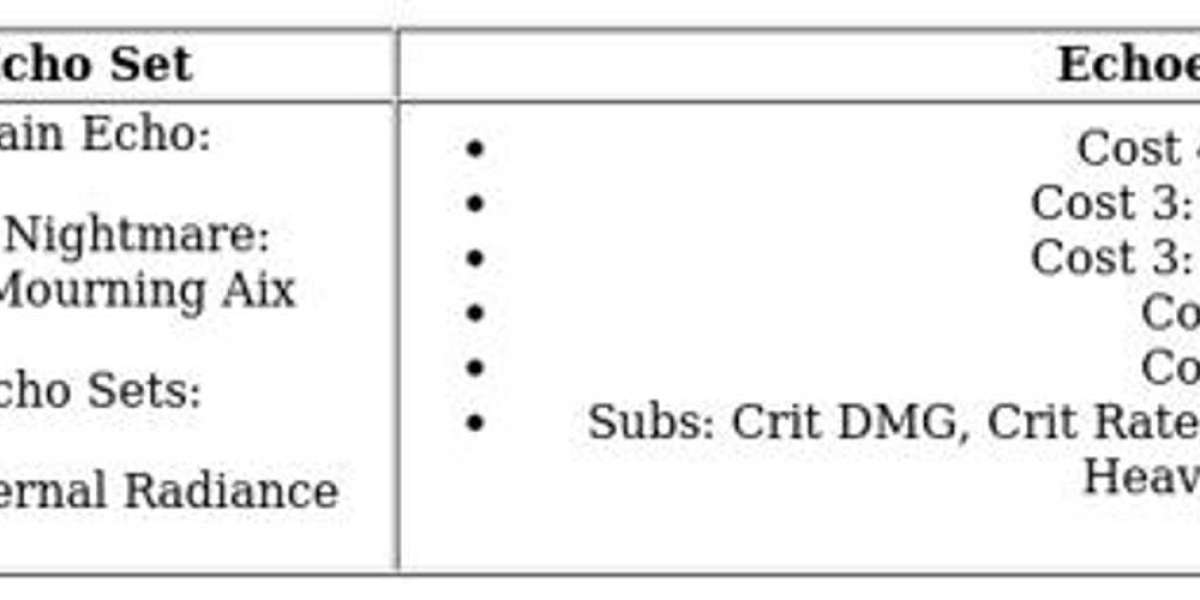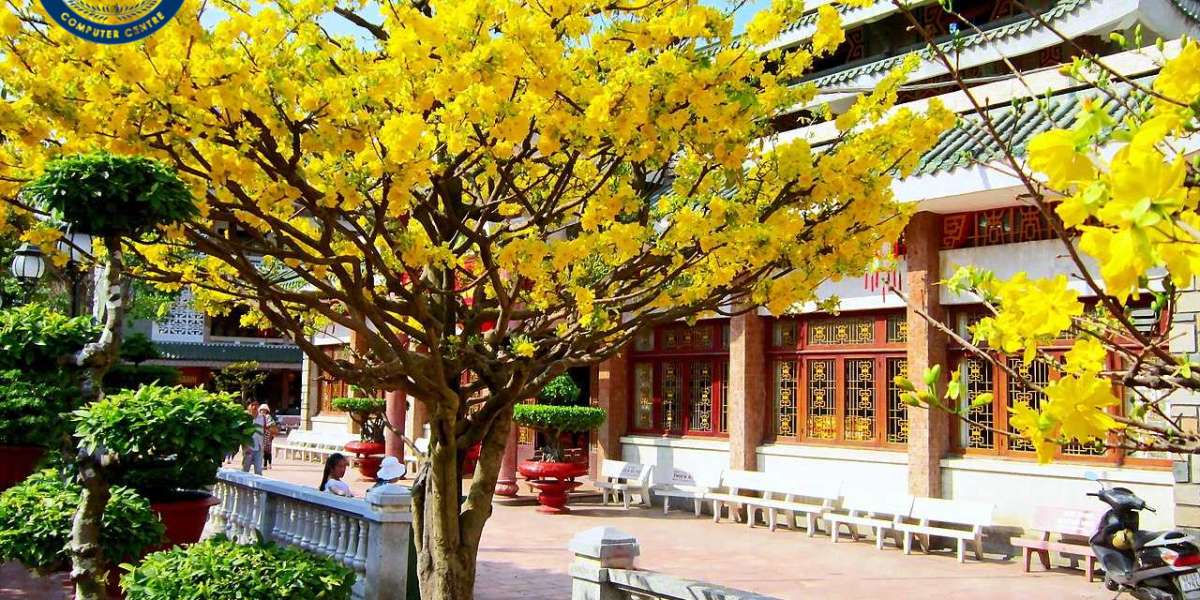The Southern United States is home to a wide variety of iconic flowering plants, but few match the vibrant charm and resilience of the Yellow Carolina Jessamine. With its radiant yellow blooms, twining vines, and sweet fragrance, this native evergreen is a favorite among gardeners aiming to add color and structure to their landscapes. Known scientifically as Gelsemium sempervirens, this climbing vine not only enhances garden aesthetics but also plays an important role in native ecosystems.
This article explores how to successfully plant and care for Yellow Carolina Jessamine, including its benefits, ideal growing conditions, and tips for thriving growth.
What is Yellow Carolina Jessamine?
Yellow Carolina Jessamine is a fast-growing, twining vine that belongs to the Loganiaceae family. Native to the Southeastern United States, it is often found in woodlands and along fences and arbors. It is beloved for its:
Trumpet-shaped, golden-yellow flowers
Glossy, dark green foliage that remains evergreen in milder climates
Early blooming season (late winter to early spring)
Drought tolerance once established
Despite its common name, Yellow Carolina Jessamine is not a true jasmine. However, its sweet-smelling flowers make it equally desirable for ornamental purposes.
Ideal Conditions for Planting Yellow Carolina Jessamine
Climate
This vine thrives in USDA hardiness zones 7 through 10, making it perfectly suited for the South. It can tolerate brief cold snaps but may suffer dieback if exposed to prolonged freezing temperatures.
Light Requirements
For optimal flowering, plant Yellow Carolina Jessamine in full sun to partial shade. While it will tolerate shade, blooms may be reduced. A spot with at least 4–6 hours of direct sunlight is ideal.
Soil
The plant prefers well-drained, slightly acidic soil. However, it’s adaptable and can grow in sandy, loamy, or clay soils, provided there’s good drainage. Incorporating organic matter like compost can further improve soil structure and fertility.
How to Plant Yellow Carolina Jessamine
Choosing the Right Spot
Select a location where the vine can climb, such as:
Arbors
Trellises
Fences
Pergolas
Make sure the structure is sturdy, as the vine can become heavy when mature.
Planting Steps
Prepare the Soil
Dig a hole twice the width and the same depth as the plant’s root ball. Loosen the soil at the bottom of the hole.Amend if Necessary
Mix compost or aged manure into the soil to boost nutrients and drainage.Set the Plant
Place the plant in the hole at the same level it was in the container. Fill the hole and press the soil firmly around the base.Water Thoroughly
Water deeply after planting. Keep the soil consistently moist (but not soggy) for the first few weeks.Mulch Around the Base
Apply a 2–3 inch layer of mulch to help retain moisture and suppress weeds. Avoid piling mulch directly against the stem.
Care and Maintenance
Once established, Yellow Carolina Jessamine is relatively low-maintenance. However, regular care will encourage fuller growth and more blooms.
Watering
During the first growing season, water regularly to help establish a strong root system. Once mature, the plant is drought-tolerant and only needs occasional watering during dry periods.
Pruning
Prune after flowering in late spring. This helps maintain shape and encourages new growth. Avoid heavy pruning in fall or winter, as this may reduce the next season’s blooms.
Remove dead or weak stems
Thin out overgrowth to improve air circulation
Train new shoots along supports
Fertilizing
Feed Yellow Carolina Jessamine once a year in early spring with a balanced, slow-release fertilizer. Avoid overfeeding, as this may promote excessive foliage at the expense of flowers.
Pests and Diseases
This plant is relatively pest-resistant but can be affected by:
Aphids: These can be managed with insecticidal soap or a strong blast of water.
Spider Mites: Increase humidity and rinse the foliage regularly.
Root Rot: Avoid overwatering or poorly draining soils to prevent fungal infections.
Deer and rabbits generally avoid this plant, which is another plus for Southern gardeners.
Note: All parts of Yellow Carolina Jessamine are toxic if ingested. Keep away from pets and children, and wear gloves when handling to avoid skin irritation.
Landscaping Ideas with Yellow Carolina Jessamine
The versatility of Yellow Carolina Jessamine allows it to be used in multiple garden settings. Here are a few creative ideas:
Fences and Walls
Let the vine climb along fences or stone walls to add a pop of golden color to your borders.
Pergolas and Arbors
Train the vine to climb up and over garden structures for a stunning floral canopy.
Ground Cover
In areas where vertical growth isn't needed, Yellow Carolina Jessamine can be used as a ground cover on banks or slopes to control erosion.
Mixed Flower Beds
Pair with other native Southern plants such as azaleas, camellias, or loropetalum for seasonal interest and textural contrast.
Benefits of Growing Yellow Carolina Jessamine
Aside from its visual beauty, this plant offers several environmental and practical benefits:
Pollinator-Friendly: Attracts bees, butterflies, and hummingbirds early in the season.
Erosion Control: Useful on slopes where soil retention is an issue.
Low Maintenance: Once established, it requires little attention.
Evergreen Appeal: Provides year-round foliage in warmer climates.
Common Questions
Can Yellow Carolina Jessamine be grown in containers?
Yes, it can be grown in large pots with a trellis. Make sure the container has excellent drainage, and water regularly.
How fast does it grow?
It has a moderate to fast growth rate, especially in full sun. Expect it to grow 10–20 feet or more in optimal conditions.
Is it safe for pets?
No. All parts of the plant contain toxic alkaloids. Keep pets and small children away from it.
Conclusion
Planting Yellow Carolina Jessamine is one of the best ways to bring vibrant color, structure, and native beauty to a Southern garden. With its dazzling early-season blooms, evergreen foliage, and minimal care requirements, it's no wonder this vine is considered a regional favorite. Whether draping gracefully over an arbor or brightening a backyard fence, Yellow Carolina Jessamine is a true star of the Southern landscape.
With the right planting location and a bit of seasonal care, you’ll enjoy this golden gem in your garden for years to come.







